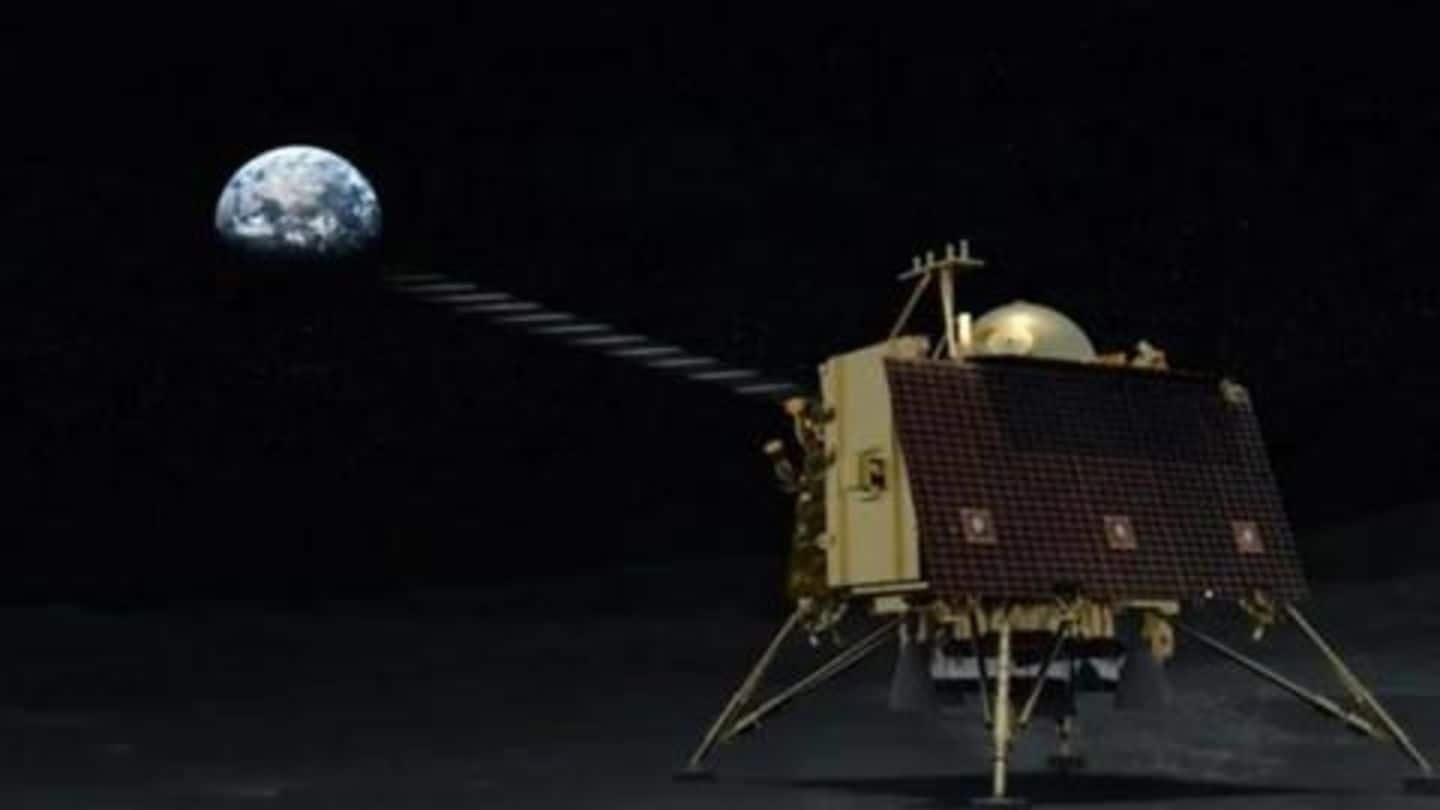
NASA's Moon orbiter will capture Vikram Lander's photographs tomorrow
What's the story
As the silence of Chandrayaan-2's Vikram Lander continues to keep billions of Indians on edge, NASA is gearing up to offer some help. The American space agency has confirmed it will be flying its Moon orbiter over the landing site of Vikram tomorrow, giving additional insight into what might have happened to the contraption during descent and subsequent touch-down. Here's all about it.
Landing
What has happened to Vikram?
In the early hours of September 7, ISRO attempted to land Vikram between two craters on the lunar surface. The agency initiated a powered descent, but something went wrong and the craft stopped communicating. It first steered away from the planned descent trajectory and then stopped sending signals back to the ground station at an altitude of around 400 meters.
Contact
ISRO has been trying to contact Vikram
A day after losing contact, ISRO found Vikram Lander on the lunar surface but didn't provide specific details about its exact condition. The space agency said the craft had hard-landed, while other unverified reports indicated it was in one piece but tilted. Either way, since that day, the scientists at the organization have been trying hard to establish communication with Vikram.
Help
No success in contact, time running out
So far, despite giving its best shot, ISRO hasn't had much success in contacting Vikram. The problem gets worse by the fact that the agency has only 5 days to bring the Lander back online. Vikram and its internalized rover had a designated lifespan of 14 days, most of which has run out.
Help
Now, NASA will photograph Vikram's site on September 17
Now, to expedite the effort, NASA will help ISRO in gaining insight into the situation of the lander. The agency has said its Lunar Reconnaissance Orbiter is scheduled to fly over Vikram's landing site on September 17, post which it will take photographs of the area, including that of the Lander. The data will be shared in the form of before/after images, NASA said.
Orbiter
Orbiter continues to work normally
Though Vikram's future remains unclear at this stage, Chandrayaan-2 can still not be deemed as a failure. The Orbiter element of the mission remains active and healthy and continues to circle the Moon. ISRO has said it contains most of the scientific instruments and has got enough fuel to continue operating for the next 6-7 years.